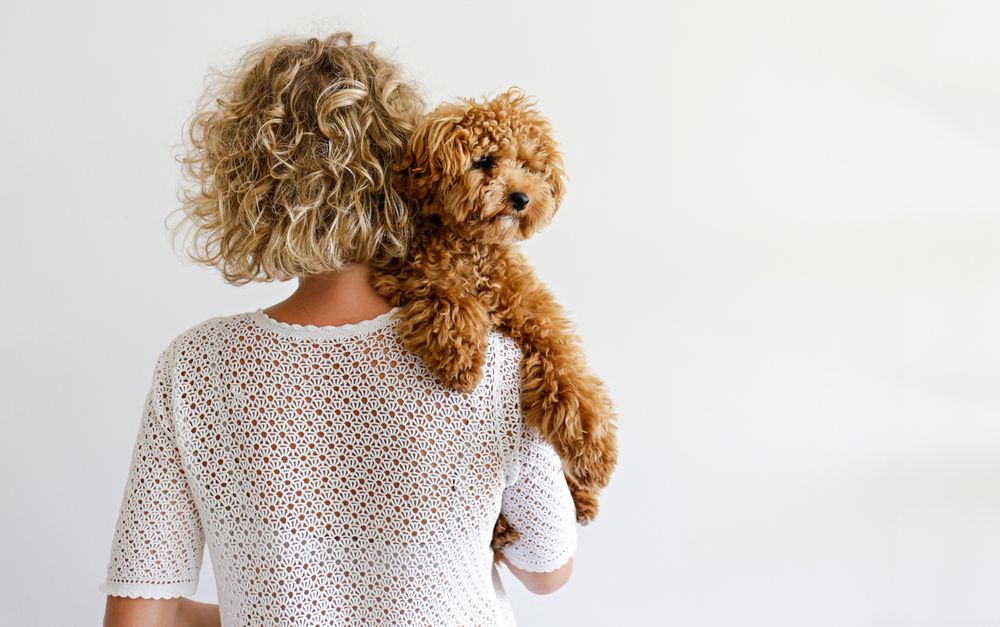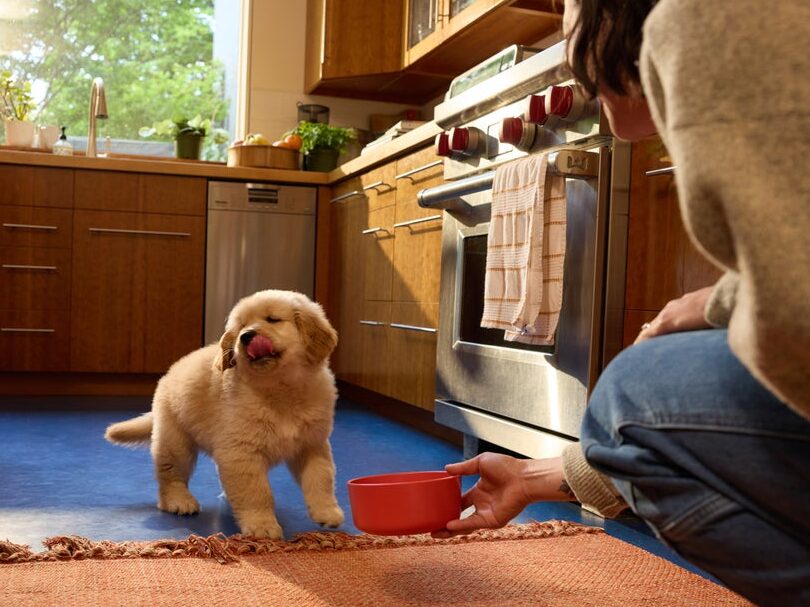Hey Ollie blog readers! We’re offering you an exclusive 60% OFF your starter box! Try now!
For people with certain mental health conditions like chronic anxiety, an emotional support animal may be uniquely qualified to help them gain confidence and provide them with much needed comfort. You may be curious about how to train your dog to be an emotional support animal (ESA) and how to get the certification you need. We’ll explore the qualifications and necessary steps to take to train your pup to be an ESA.
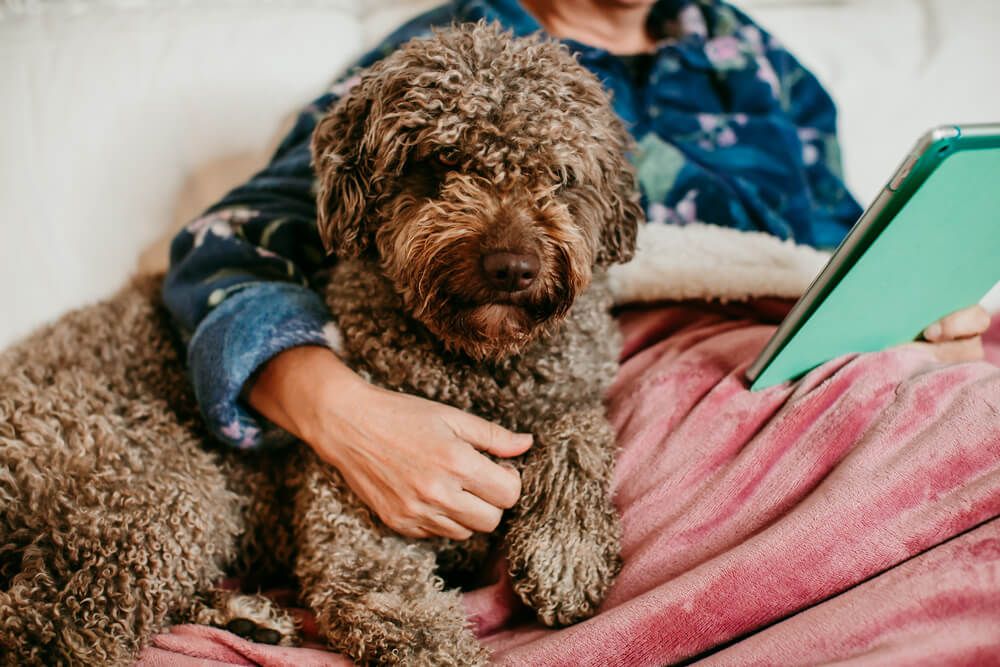
What is an Emotional Support Animal?
ESAs are dogs (as well as other animals including cats, rabbits and most famously a peacock) that provide support and comfort for people with specific mental health conditions. ESAs must be prescribed by a licensed professional, including a therapist, psychiatrist, or psychologist. This person will provide a letter declaring your need for your ESA. There are many websites out there that claim that they can sell you these letters but buyer beware—make sure you do your research and are able to obtain a certified letter. Fake ESAs are becoming more common, therefore airlines, apartment buildings, and mental health professionals are cracking down to ensure your need is real and that the animal you are traveling with is safe.
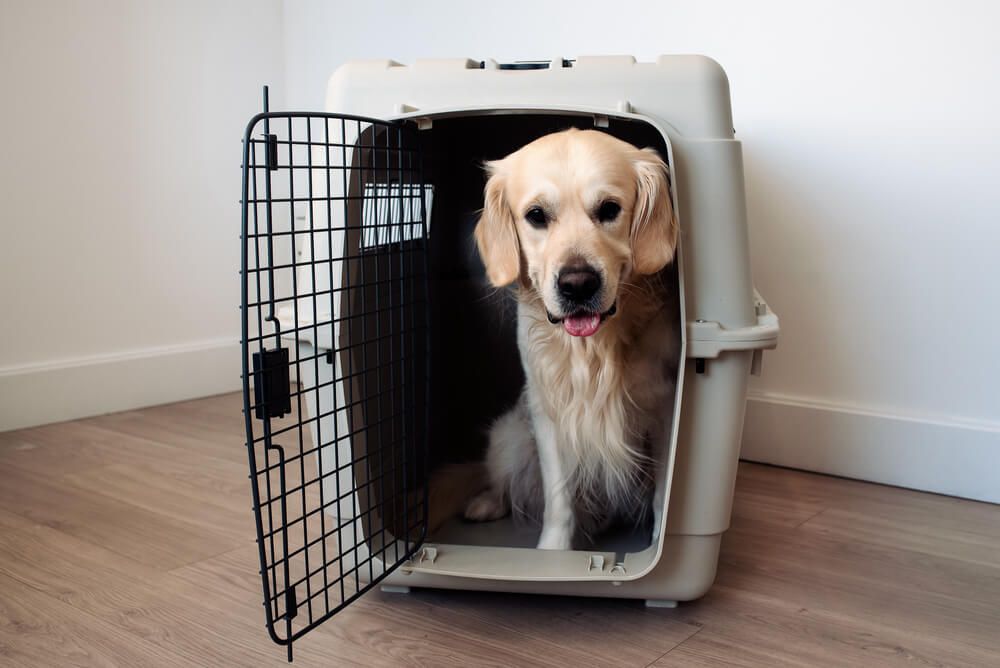
Where can I take My ESA?
Unlike service dogs and guide dogs, ESAs are generally not allowed to go everywhere with their handlers. This includes places like shopping malls or grocery stores. The two most notable exceptions are airplanes and non-pet-friendly housing.
Under the Air Carrier Access Act, people may fly with their ESAs in the main cabin of an airplane. You generally will need to fill out paperwork ahead of time and provide proof of ESA and vaccination history for your dog. If you are planning to travel with your ESA, it is a best practice to let the airline know well ahead of time to ensure smooth travels. It’s not recommended that you show and your dog up at the airport without prior arrangements, as you may risk not being permitted to board.
Under the Fair Housing Act, your ESA is allowed to live with you even if you are in an apartment or rental property that does not allow pets.

What kind of training does my dog (or other animal) need to become an ESA?
Believe it or not, there are no training requirements for an ESA. In order for an animal to become an ESA, the owner only needs to obtain the letter from a qualified clinician.
This has lead to issues where ESAs have distracted, or worse, attacked service dogs. Under the ADA service dogs are considered "medical equipment" and may accompany their handlers just about anywhere. They are trained extensively to work in public and perform the tasks they need to complete to assist their handlers.
You want to ensure your ESA is prepared to travel with you and can stay quiet and under your control. While there is no formal training requirement, airlines do have the right to refuse service to you and your ESA if they are growling, baring teeth, jumping, lunging, or attempting to bite airline staff or other passengers. Even if your dog is well mannered, some of these behaviors may come out if your dog feels nervous, cornered (by being in a small space), or even provoked.

Preparing for travel with your ESA
Consider training
If you are planning to travel with your ESA, shoul do some training to ensure your dog is both confident and well behaved. You could start with the American Kennel Club’s Canine Good Citizen Program (CGC). In addition to the CGC, the program also certifies puppies under one year as S.T.A.R. Puppies. The training for this teaches your puppy some foundational behaviors that will set them up for success as they grow up.
Start slow
If you are going to travel with your dog on a plane, train, or a cruise, you will want to practice as much as you can beforehand. With airline travel, consider starting with a very short flight and work your way up from there. Flying 4+ hours right out of the gate probably won’t set your dog up for success.
Mind their business
Remember to give your dog a chance to go to the bathroom before getting on a flight and discuss with your vet a plan to ensure your dog is safe and comfortable with flying. This could involve changing their meal schedule or trying to convince your dog the airplane is a great place for a nap!
Encourage quiet
If your dog is traveling with you, teach them the cue quiet so you are able to keep them from barking the whole time. Drop it and leave it are also good cues to master as you don’t want your dog to find a treat on the airplane floor or steal a bite of your seatmate’s lunch!
If you feel you are a good candidate for an ESA…
Talk to your clinician and see how you can add your dog (or other animal) to your mental health care routine. Remember that your dog is a compliment to your mental health treatment and you should continue to work with a qualified professional on a regular basis.
The Ollie blog is devoted to helping pet parents lead healthier lives with their pups. If you want to learn more about our fresh, human-grade food, check out MyOllie.com.
Tagged As:
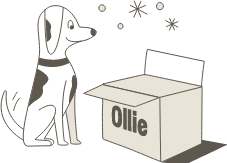
The nutrition your dog needs,
the food they want.

Enjoying our articles? Subscribe our Newsletters and get new articles directly to your inbox
You might also like
13 May 2025
8 MINS READ
Puppy Training Guide & Behavior Timeline
Bringing home a puppy is pure magic. It’s also pure chaos—tiny teeth, zoomies, accidents in the house, and moments that make you wonder if you’re raising a future genius or a tiny tornado. …
by Ollie Pets
10 May 2025
12 MINS READ
New Puppy Checklist: Guide To Prepare For A New Dog
Bringing home a new puppy? This checklist covers everything new dog owners need—from essential supplies to training, feeding, and first vet visits.
by Ollie Pets
3 April 2025
9 MINS READ
Home Remedies for Fleas on Dogs: 10 Natural Ways That Actually Work
Wondering what kills fleas on dogs instantly and naturally? If your pup is scratching like crazy, it may be time to take action. In this guide, we’ll show you the most effective home remedies for…
